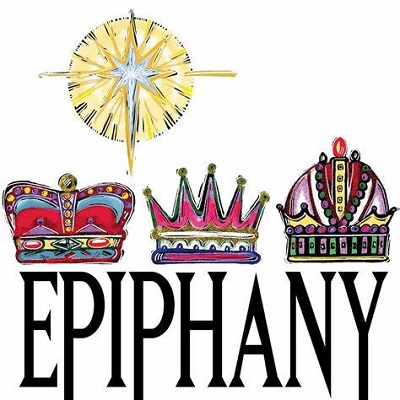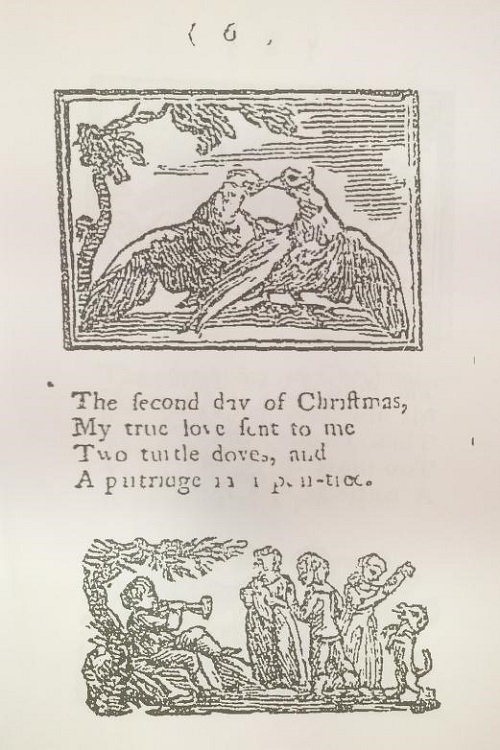There are really two stories here – 1) when and what are the twelve days of Christmas and 2) what’s with the silly song.
This article being sent on December 13th is hinting Christmas eve being in 12 more days.
The ‘commercial calendar’ that has crept into our lives, has the Twelve Days end on Christmas Day and must therefore begin on December 14. In my opinion, this commercial Christmas begins right after American Thanksgiving!
The most common dates for the Twelve Days of Christmas is December 25 to 12 days later, January 5. Often it is January 6 that is the date of Epiphany.
Orthodox Christians may start the 12 days of Christmas on January 7 and end January 19.
There are many versions of what these twelve days mean.
Most agree, except those using the Julian calender, that December 25 is the date to recognize the birth of Jesus, though it is readily accepted that this is not the real date.
The twelfth day is Epiphany. For some, that is interpreted to be the day the Wise Men finally got to see Jesus and give him the gifts. Another belief is that is the day Jesus was baptized.

Each of the twelve days has been assigned a significance.
Analysis 1 – each day represents a month. You would watch for omens or signs on that day to help them divine what the new year would bring.
Analysis 2 – Each day was a holy day.
- December 25th - honoring the birth of Jesus.
- December 26th - St. Stephen - first martyr for Christianity.
- December 27th - St. John the Apostle, one of the more well-known of Jesus’ apostles.
- December 28th - “The Feast of the Holy Innocents”. remembers the infants that King Herod killed as his soldiers searched for the baby Jesus to kill. L
- December 29th - St. Thomas Becket – killed in 1170 for disagreeing with the King over how much authority he had over the Church. (An interesting read -The Shocking Medieval Execution Story Referenced by James Comey )
- December 30th - St. Egwin of Worcester.
- December 31st - St. Sylvester, one of the earliest Popes.
- January 1st - the solemnity of Mary as the Mother of God.
- January 2nd - St. Basil the Great and St. Gregory of Nazianzus.
- January 3rd - Holy Name of Jesus. This would have been the day that Jesus was named in the Jewish temple and given his official name.
- January 4th - St. Elizabeth Ann Seton, the first American saint.
- January 5th - Epiphany Eve, the night before the wise men came
I have not heard of many of these saints! I could not find out how these people were chosen.
For some, gifts are given all 12 days, after Christmas.
In Latin American traditionally, (pre–American commercialization) January 6th was the gift giving day.
The end of the 12 days is the Feast of the Epiphany. It was party time. France and Spain had a special King’s Cake or Twelfth Night cake, made of eggs, butter, raisins, fruit, nuts, and spices, decorated with purple, green and yellow icing to commemorate the visit by the magi to the Christ child. Inside the cake was a dried pea or bean. Whoever found it would be Lord or Lady of Misrule, leading the night’s celebrations.

Shakespeare’s play, the Twelfth Night, was written was entertainment for the close of the Christmas, season, though first performed on Candlemas, February 2nd.
January 6th was said to be the day to take down the decorations and stop partying. Though Candlemas is said to be the day.
Regardless of what dates you choose these 12 days are to celebrate and reflect.
So, what is with the silly song 'The Twelve Days of Christmas'.
The first record of this song was way back in 1780 in the British children’s book Mirth Without Mischief . It was a memory-and-forfeit game. Players had to remember all of the previous verses and add a new verse at the end. Those unable to, paid a forfeit, in the form of a kiss or a piece of candy to the others.

There were some early variations of the song:
- Bears-a biting
- Ships-a-sailing
- An Arabian baboon
- Colly birds (colly = coal = black, colly bird = blackbird)
And the “five golden rings” refer to five ring-necked birds (e.g. pheasants), not rings for your fingers.
In 1909 the British composer, Frederick Austin, wrote the version we sing now.
There is a purported interpretation of that this song is a catechism song for Catholics to learn "the tenets of their faith," as they could not openly practice in Anglican society. e.g., A Partridge in a Pear Tree - Jesus Christ, Two Turtle Doves - The Old and New Testaments… Snopes.com has disclaimed this conclusion.
The Snopes account is quite harsh, and is critical of the writers that expound upon “the beauty and truly biblical and spiritual meanings locked away in this wonderful song…. Putting Christ into Christmas where he doesn’t appear to be.” And suggest we should consider its underlying message: That one group of Jesus’ followers had to hide their beliefs in order to avoid being tortured and killed by another group of Jesus’ followers.
I believe it was a grinchy accountant started the trend to total the cost all the gifts in the song based on current market rates. In 2019 it was $38,993.59, or $170,298.03 if you count each mention of an item separately - which would amount to 364 gifts in all. In case you are wondering. swans are $1,875 each, and five gold rings total $825. You can click here to check the totals!
The non-actuarial types are thinking of all that bird poo.
Yes, it’s a silly song but for just that reason I think we all should sing along









